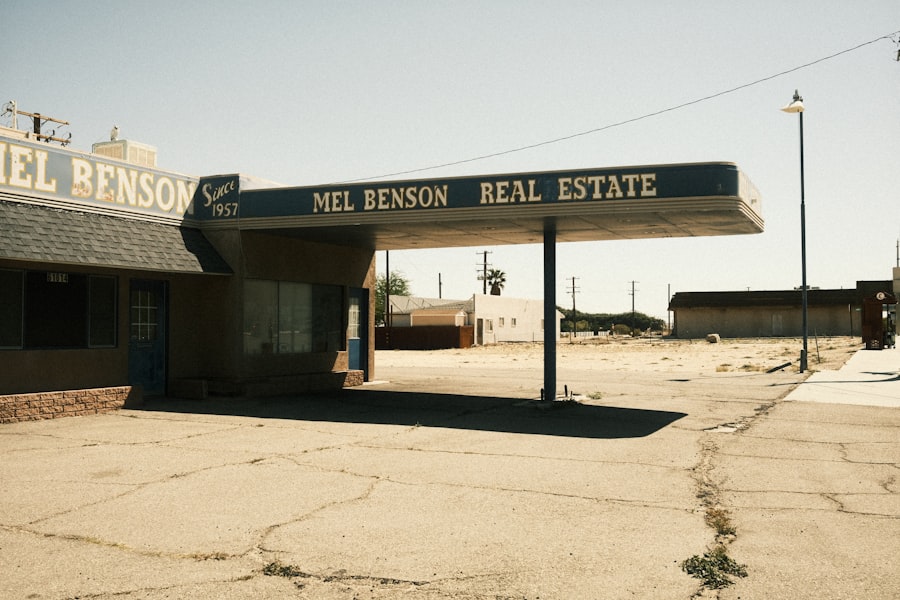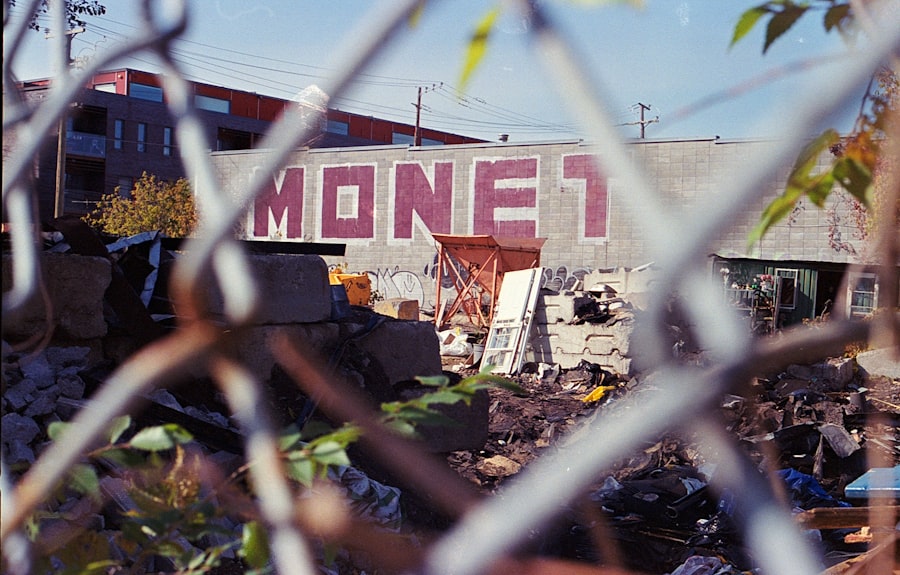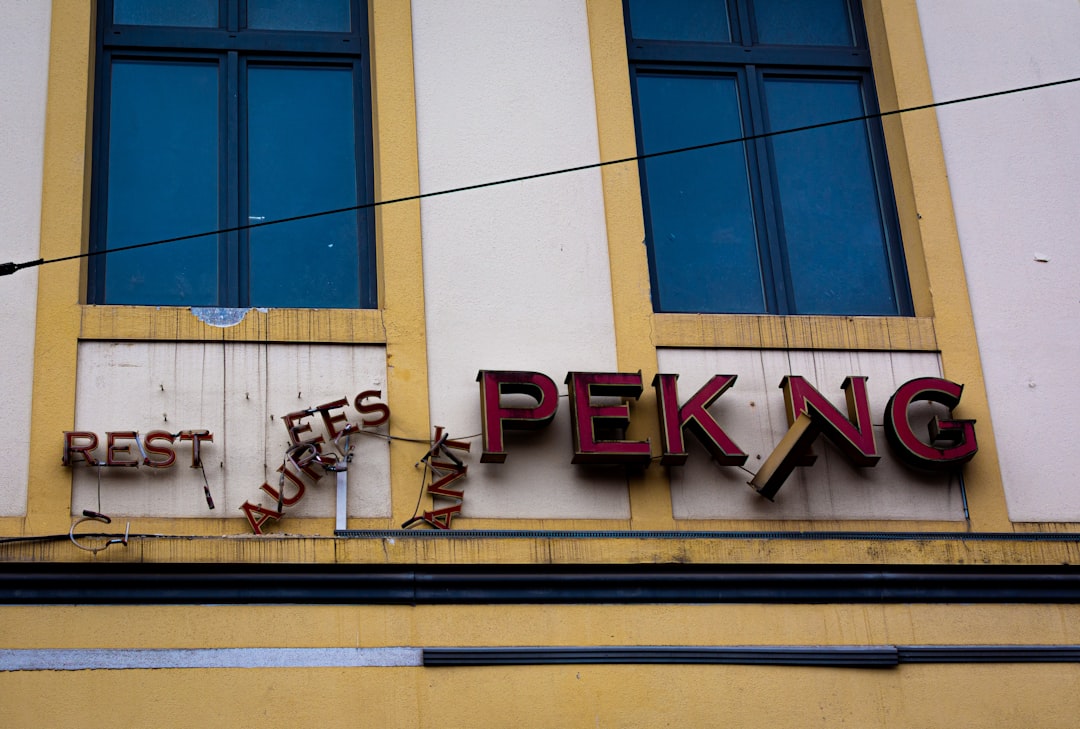As of late 2023, New York City’s rental market remains one of the most expensive in the United States. The average rent for a one-bedroom apartment in Manhattan has surged to over $3,500 per month, while other boroughs, such as Brooklyn and Queens, have also seen significant increases. This trend has created a challenging environment for many residents, particularly those with lower and middle incomes.
The demand for housing continues to outpace supply, leading to fierce competition among prospective tenants. As a result, many individuals and families find themselves priced out of neighborhoods they once called home.
The city has experienced a resurgence in demand as people return to urban living, drawn by job opportunities and cultural attractions. However, this influx has not been matched by an increase in affordable housing options. Consequently, many New Yorkers are forced to make difficult choices, often sacrificing space or location to secure a place to live.
The disparity between income growth and rent increases has left many feeling financially strained and uncertain about their housing future.
Key Takeaways
- Rent prices in New York City are at an all-time high, making it increasingly difficult for residents to afford housing.
- Factors contributing to the increase in rent prices include high demand, limited supply, and gentrification.
- Skyrocketing rent prices have had a significant impact on New Yorkers, leading to financial strain and displacement.
- Gentrification and displacement have become major issues in New York City, as long-time residents are forced out of their neighborhoods.
- Government policies play a crucial role in addressing rent prices, but more action is needed to make housing affordable for all.
- Strategies for affordability in the face of rising rent prices include rent control, affordable housing initiatives, and tenant protections.
- The future of rent prices in New York City remains uncertain, with potential for continued increases without intervention.
- Small businesses and the local economy are negatively affected by high rent prices, leading to closures and economic instability.
- There is a clear connection between rent prices and homelessness, as many individuals and families are unable to afford housing.
- Real estate developers play a significant role in the rent price surge, often prioritizing profit over affordable housing solutions.
- Community activism and advocacy are essential for promoting affordable housing and holding stakeholders accountable for rent prices.
Factors Contributing to the Increase in Rent Prices
Several factors contribute to the relentless rise in rent prices across New York City. One significant element is the limited availability of housing stock. The city has long struggled with a shortage of affordable units, exacerbated by zoning laws and regulations that restrict new construction.
Developers often face hurdles when attempting to build new residential properties, leading to a stagnation in supply that cannot keep pace with demand. This imbalance creates a competitive market where landlords can raise rents without fear of losing tenants. Another contributing factor is the influx of wealthier individuals moving into the city.
As New York continues to attract high-income professionals and investors, the demand for luxury apartments has surged. This trend not only drives up prices in upscale neighborhoods but also has a ripple effect on surrounding areas. Landlords may increase rents in response to rising property values, further squeezing those who are already struggling to afford housing.
Additionally, the impact of inflation on everyday expenses has made it increasingly difficult for many residents to keep up with rising rent costs.
Impact of Skyrocketing Rent Prices on New Yorkers

The skyrocketing rent prices in New York City have profound implications for its residents. Many individuals and families are forced to allocate an ever-increasing portion of their income toward housing costs, leaving little room for other essential expenses such as food, healthcare, and education. This financial strain can lead to increased stress and anxiety, affecting overall well-being and quality of life.
For some, the burden of high rent may even result in the need to take on additional jobs or work longer hours, further diminishing their time for family and personal pursuits. Moreover, the impact of rising rents extends beyond individual households; it affects the social fabric of communities throughout the city. Long-time residents may find themselves displaced from neighborhoods they have lived in for years, leading to a loss of community ties and support networks.
As familiar faces are replaced by newcomers, the unique character of neighborhoods can change dramatically, often resulting in a homogenization of culture and identity. This shift can create tension between established residents and newcomers, further complicating the already challenging landscape of urban living.
Gentrification and Displacement in New York City
| Borough | Median Household Income | Median Rent | Percentage of Gentrified Neighborhoods |
|---|---|---|---|
| Manhattan | 82,459 | 3,667 | 45% |
| Brooklyn | 56,015 | 2,700 | 30% |
| Queens | 64,987 | 2,200 | 20% |
| Bronx | 38,467 | 1,600 | 15% |
| Staten Island | 74,044 | 2,000 | 10% |
Gentrification is a complex phenomenon that has become increasingly prevalent in New York City over the past few decades. As neighborhoods undergo revitalization and attract new investment, property values rise, often leading to the displacement of long-time residents who can no longer afford to live there. This process is particularly evident in areas such as Williamsburg in Brooklyn and Harlem in Manhattan, where once-affordable housing has been replaced by luxury developments catering to wealthier tenants.
The consequences of gentrification are far-reaching. Displaced residents often struggle to find affordable housing options elsewhere, leading to increased commuting times and further isolation from their communities. Additionally, gentrification can erode the cultural heritage of neighborhoods as local businesses that cater to long-time residents are replaced by upscale shops and restaurants targeting affluent newcomers.
This transformation can create a sense of loss among those who have deep roots in their communities, fostering resentment and division.
The Role of Government Policies in Addressing Rent Prices
Government policies play a crucial role in shaping the rental landscape in New York City. Various initiatives have been implemented over the years to address the affordability crisis, including rent stabilization laws designed to protect tenants from excessive rent increases. However, these measures have faced criticism for being insufficient in addressing the scale of the problem.
Many advocates argue that more comprehensive policies are needed to create a sustainable solution for affordable housing. In recent years, there have been calls for increased investment in public housing and incentives for developers to build affordable units. Some policymakers have proposed measures such as inclusionary zoning, which requires developers to set aside a portion of new construction for low- and moderate-income residents.
While these initiatives show promise, their implementation often encounters political challenges and resistance from various stakeholders. The effectiveness of government intervention remains a topic of ongoing debate among residents, activists, and policymakers alike.
Strategies for Affordability in the Face of Rising Rent Prices

As rent prices continue to climb, various strategies have emerged to promote affordability for New Yorkers facing housing insecurity. One approach involves community land trusts, which allow neighborhoods to collectively own land and manage development in ways that prioritize affordability over profit. By removing land from the speculative market, these trusts can create long-term affordable housing options that remain accessible to low- and moderate-income residents.
Another strategy involves advocating for stronger tenant protections and rent control measures at both local and state levels. Tenant advocacy groups have mobilized efforts to push for legislation that would limit rent increases and provide greater security for renters facing eviction. These initiatives aim not only to alleviate immediate financial burdens but also to foster a more equitable housing landscape where all residents can thrive.
The Future of Rent Prices in New York City
Looking ahead, the future of rent prices in New York City remains uncertain.
The interplay between supply and demand will be critical in determining whether affordability can be achieved or if the city will continue down its current trajectory of escalating costs.
Additionally, external factors such as interest rates and economic conditions will play a significant role in shaping the rental market’s future. As inflation persists and economic uncertainty looms, many potential renters may find themselves further squeezed by rising costs across various sectors. The challenge will be finding solutions that balance the needs of developers with those of residents seeking affordable housing options.
The Effect of Rent Prices on Small Businesses and Local Economy
The impact of rising rent prices extends beyond residential tenants; it also significantly affects small businesses throughout New York City. As commercial rents soar alongside residential prices, many local businesses struggle to maintain their operations amid increasing overhead costs. Small shops and restaurants that once thrived in vibrant neighborhoods may find themselves unable to afford their leases, leading to closures that diminish local character and diversity.
Moreover, the loss of small businesses can have cascading effects on local economies. When beloved neighborhood establishments shut down, it not only reduces job opportunities but also diminishes foot traffic that supports other nearby businesses. This cycle can lead to a homogenization of commercial spaces dominated by chain stores and franchises that lack the unique charm of locally-owned establishments.
As communities grapple with rising rents, preserving small businesses becomes an essential component of maintaining economic vitality.
The Connection Between Rent Prices and Homelessness
The relationship between rising rent prices and homelessness is starkly evident in New York City. As housing becomes increasingly unaffordable for many residents, the risk of eviction rises significantly. Families who once had stable homes may find themselves facing homelessness due to an inability to keep up with escalating rents or unexpected financial hardships.
This crisis is particularly acute among vulnerable populations such as low-income families, individuals with disabilities, and those experiencing mental health challenges. Efforts to address homelessness must consider the root causes tied to housing affordability. Providing emergency shelter is essential; however, long-term solutions require addressing systemic issues related to income inequality and access to affordable housing options.
Advocates argue that comprehensive strategies must be implemented to prevent homelessness before it occurs by ensuring that all residents have access to safe and affordable housing.
The Role of Real Estate Developers in the Rent Price Surge
Real estate developers play a pivotal role in shaping the rental landscape in New York City. Their decisions regarding what types of properties to build and where can significantly influence market dynamics. In recent years, many developers have focused on luxury high-rises that cater primarily to affluent tenants rather than addressing the pressing need for affordable housing options.
This trend has contributed directly to rising rents across various neighborhoods. While some developers have begun exploring mixed-income projects that include affordable units alongside market-rate apartments, these initiatives often face challenges related to financing and regulatory hurdles. Critics argue that without stronger incentives or mandates from local government, developers will continue prioritizing profit over community needs.
Balancing the interests of developers with those of residents seeking affordable housing remains a critical challenge for policymakers.
Community Activism and Advocacy for Affordable Housing
In response to the growing affordability crisis, community activism has emerged as a powerful force advocating for affordable housing solutions throughout New York City. Grassroots organizations have mobilized residents to demand stronger tenant protections, increased investment in public housing, and policies that prioritize affordability over profit-driven development. These efforts have raised awareness about the urgent need for systemic change within the housing market.
Activists often engage in direct action campaigns aimed at holding landlords accountable for unjust practices while also pressuring local officials to prioritize affordable housing initiatives. Through coalition-building efforts that unite diverse stakeholders—ranging from tenants facing eviction to local business owners—community activists strive to create a more equitable housing landscape where all New Yorkers can thrive without fear of displacement or financial insecurity. In conclusion, the challenges posed by rising rent prices in New York City are multifaceted and deeply intertwined with broader social issues such as gentrification, homelessness, and economic inequality.
Addressing these challenges requires collaborative efforts from government officials, community organizations, real estate developers, and residents alike—working together toward sustainable solutions that prioritize affordability while fostering vibrant communities across this iconic city.
New York City’s rent prices have been a topic of intense discussion, especially as they continue to rise, impacting both long-time residents and newcomers. A related article that delves into the intricacies of this issue can be found on MyGeoQuest. This article provides insights into the factors driving these changes and offers a comprehensive analysis of the current rental market trends. For more detailed information, you can read the full article by visiting this link.
WATCH THIS! The Real Cost of NYC Living: Your Wallet, Sanity, and Subway Survival Skills
FAQs
What are the average rent prices in New York City?
The average rent price for a one-bedroom apartment in New York City is around $3,000 per month, while a two-bedroom apartment averages around $3,500 per month.
What factors contribute to the high rent prices in New York City?
Several factors contribute to the high rent prices in New York City, including high demand for housing, limited space for new construction, and the city’s status as a global economic and cultural hub.
Which neighborhoods in New York City have the highest rent prices?
Neighborhoods such as Tribeca, SoHo, and the West Village in Manhattan are known for having some of the highest rent prices in New York City.
Are rent prices in New York City increasing or decreasing?
Rent prices in New York City have been increasing in recent years, driven by factors such as population growth, limited housing supply, and rising construction costs.
What are some tips for finding affordable rent in New York City?
Some tips for finding affordable rent in New York City include considering neighborhoods outside of Manhattan, looking for rent-stabilized apartments, and considering roommates to split the cost of rent.
